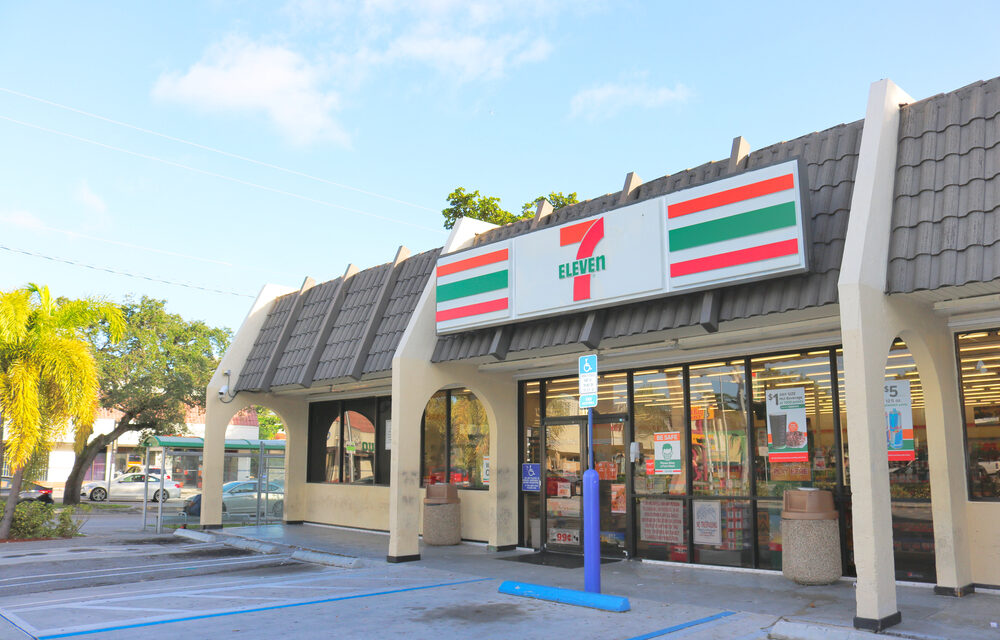Editorial credit: Unidas.ME / Shutterstock.com
Executive Summary:
U.S. convenience stores are evolving rapidly, positioning themselves as competitors to fast-food chains by enhancing their food offerings and creating inviting dining environments. As cigarette and soda sales decline, chains like 7-Eleven, Wawa, and Casey’s are embracing innovations from international markets, focusing on grab-and-go meals, sit-down seating, and expanded coffee options to attract busy customers seeking affordable, high-quality food choices.
A shift in consumer demand is evident as convenience stores report a 19.7% surge in food service sales, amounting to $51.7 billion in 2022. The stores are further leveraging digital convenience, with 7-Eleven’s 7NOW app launching nationwide delivery for fresh meals, and brands like Casey’s expanding dinner options to compete with traditional restaurants.
Market data supports this shift, with 52% of consumers visiting convenience stores weekly, often choosing them as a primary destination for food and drink. To keep pace with fast-food rivals, convenience stores are also hiring former restaurant executives and broadening on-site prepared meal selections, effectively catering to a trend where Americans snack more and cook less. This transformation is especially appealing to younger consumers, such as millennials, who value fast service and quality options, spending less than four minutes per visit on average. As convenience stores redefine their role, they’re carving out a growing niche in the competitive food service market.

